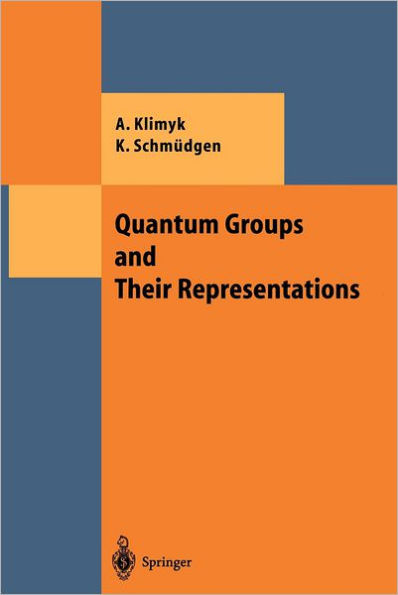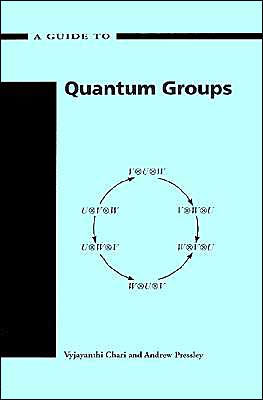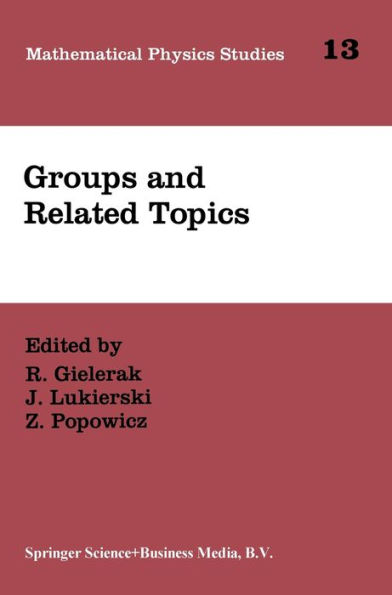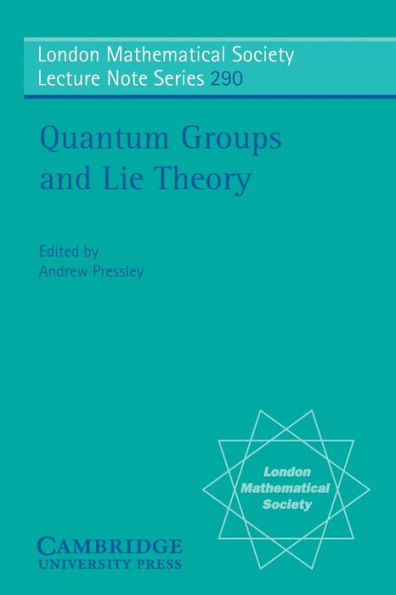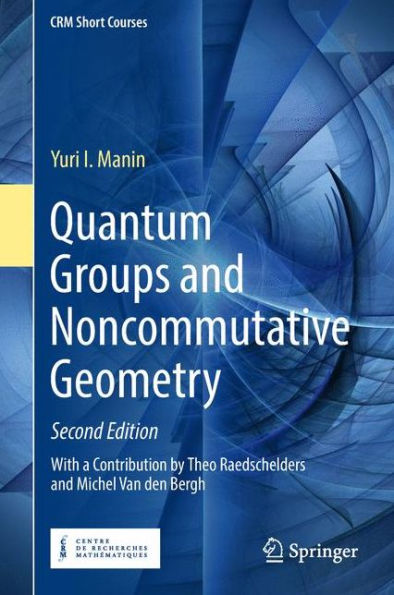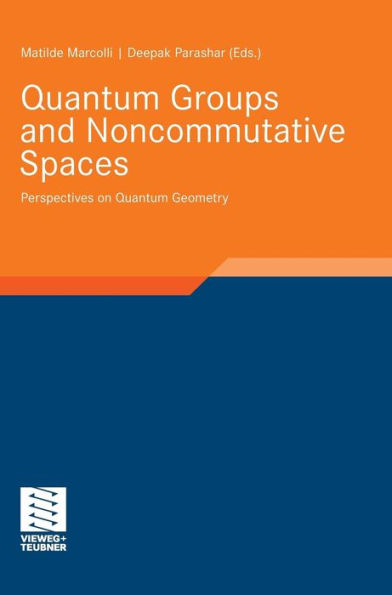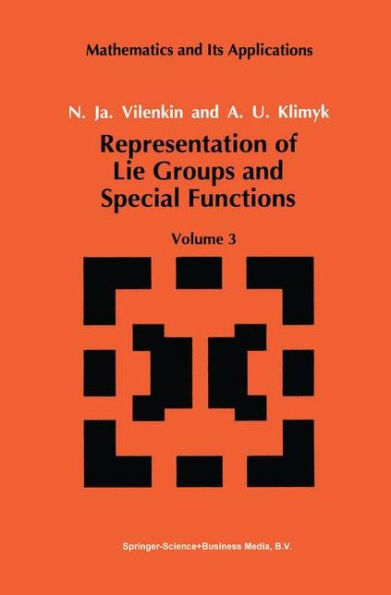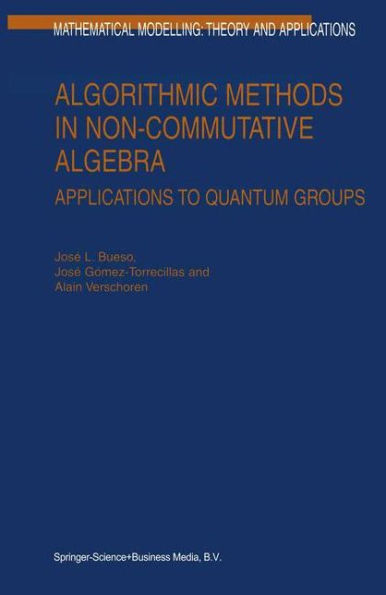Home
Quantum Groups and Their Primitive Ideals
Barnes and Noble
Quantum Groups and Their Primitive Ideals
Current price: $54.99


Barnes and Noble
Quantum Groups and Their Primitive Ideals
Current price: $54.99
Size: OS
Loading Inventory...
*Product information may vary - to confirm product availability, pricing, shipping and return information please contact Barnes and Noble
by a more general quadratic algebra (possibly obtained by deformation) and then to derive Rq [G] by requiring it to possess the latter as a comodule. A third principle is to focus attention on the tensor structure of the cat egory of (!; modules. This means of course just defining an algebra structure on Rq[G]; but this is to be done in a very specific manner. Concretely the category is required to be braided and this forces (9.4.2) the existence of an "R-matrix" satisfying in particular the quantum Yang-Baxter equation and from which the algebra structure of Rq[G] can be written down (9.4.5). Finally there was a search for a perfectly self-dual model for Rq[G] which would then be isomorphic to Uq(g). Apparently this failed; but V. G. Drinfeld found that it could be essentially made to work for the "Borel part" of Uq(g) denoted U (b) and further found a general construction (the Drinfeld double) q mirroring a Lie bialgebra. This gives Uq(g) up to passage to a quotient. One of the most remarkable aspects of the above superficially different approaches is their extraordinary intercoherence. In particular they essentially all lead for G semisimple to the same and hence "canonical", objects Rq[G] and Uq(g), though this epithet may as yet be premature.
